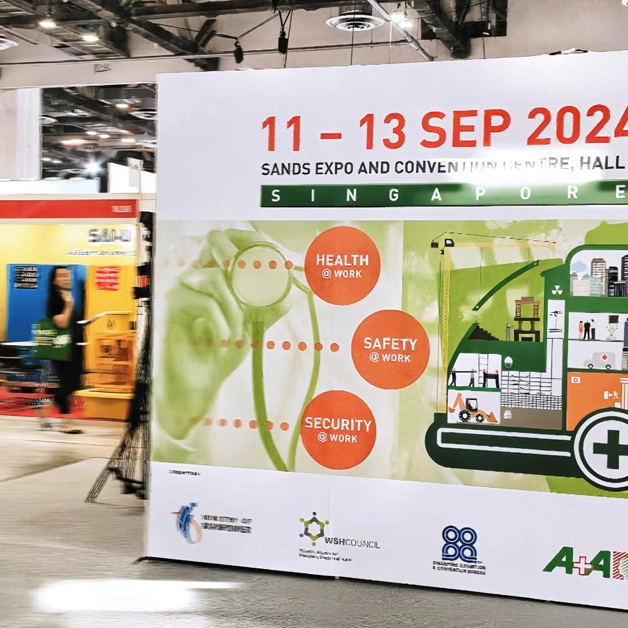English
Liquefied Petroleum Gas (LPG) cylinders are widely used in industries, commercial settings, and even homes for applications like heating, cooking, and powering equipment. However, the flammable nature of LPG demands stringent safety measures to prevent leaks, fires, or explosions. Proper storage is critical, with outdoor storage in designated cages being the preferred method due to its inherent safety advantages. While indoor storage is possible, it requires rigorous precautions to ensure safety. This blog explores the best practices for storing LPG gas cylinders, comparing outdoor and indoor options and highlighting key safety considerations.
LPG is a highly flammable gas that can pose significant risks if not stored correctly. A leak or mishandled cylinder could lead to fires, explosions, or health hazards. Safe storage practices, whether outdoors or indoors, ensure that cylinders remain secure, protected from damage, and isolated from ignition sources. By adhering to best practices, businesses and individuals can mitigate risks, comply with regulations, and maintain a safe environment.
Outdoor storage is widely regarded as the safest option for LPG cylinders due to its ability to leverage natural ventilation and minimize risks associated with gas buildup. Here's how to ensure safe outdoor storage:
Storing LPG cylinders outdoors allows natural airflow to disperse any potential gas leaks, significantly reducing the risk of gas accumulation and ignition. Open-air environments are ideal for preventing hazardous conditions caused by confined spaces.
Purpose-built LPG storage cages are essential for outdoor storage. These cages, often constructed with mesh walls, provide excellent ventilation while protecting cylinders from physical damage and unauthorized access. Look for cages with lockable doors to enhance security and prevent tampering.
Outdoor storage cages should include retention devices, such as chains or straps, to keep cylinders upright and prevent them from falling. This is critical, as a tipped cylinder could damage its valve, leading to a dangerous gas release.
Place storage cages away from ignition sources (e.g., open flames, sparks, or electrical equipment), heat sources (e.g., radiators or direct sunlight), and public walkways. A well-chosen location minimizes the risk of accidental ignition or physical damage from foot traffic.
Clearly label cylinders to distinguish between full and empty ones. Markings such as “FULL” or “EMPTY” help workers quickly identify cylinder status, reducing confusion during handling or emergency situations.
While outdoor storage is preferred, indoor storage of LPG cylinders is sometimes necessary, particularly in facilities with limited outdoor space. However, indoor storage requires strict adherence to safety protocols to mitigate risks. Here's what to consider:
Indoor storage areas must have robust ventilation systems to prevent the buildup of LPG in the event of a leak. Mechanical ventilation, such as exhaust fans, may be necessary to ensure continuous airflow and disperse any escaped gas.
Buildings used for indoor LPG storage should feature fire-rated walls and floors to contain potential fires and prevent them from spreading. This is critical for protecting both the facility and its occupants.
LPG cylinders must be stored at least 20 feet away from highly combustible materials, such as paper, wood, or flammable liquids. This separation reduces the risk of fire escalation in case of a leak or ignition.
Store cylinders in dedicated, low-traffic areas away from elevators, stairways, or busy work zones. This minimizes the risk of accidental damage from collisions or heavy foot traffic and ensures easy access during emergencies.
Like outdoor storage, indoor cylinders should be stored upright and secured with retention devices, such as chains or racks, within designated cages or storage units. This prevents tipping and ensures stability.
Safe storage of LPG gas cylinders is non-negotiable for protecting workers, facilities, and the environment. Outdoor storage in dedicated, well-ventilated cages is the gold standard due to its simplicity and inherent safety benefits. However, with proper precautions—such as robust ventilation, fire-rated construction, and secure storage—indoor storage can also be safe. By prioritizing best practices like clear labeling, strategic placement, and secure retention, you can ensure LPG cylinders are stored safely, reducing risks and ensuring compliance with safety standards.
